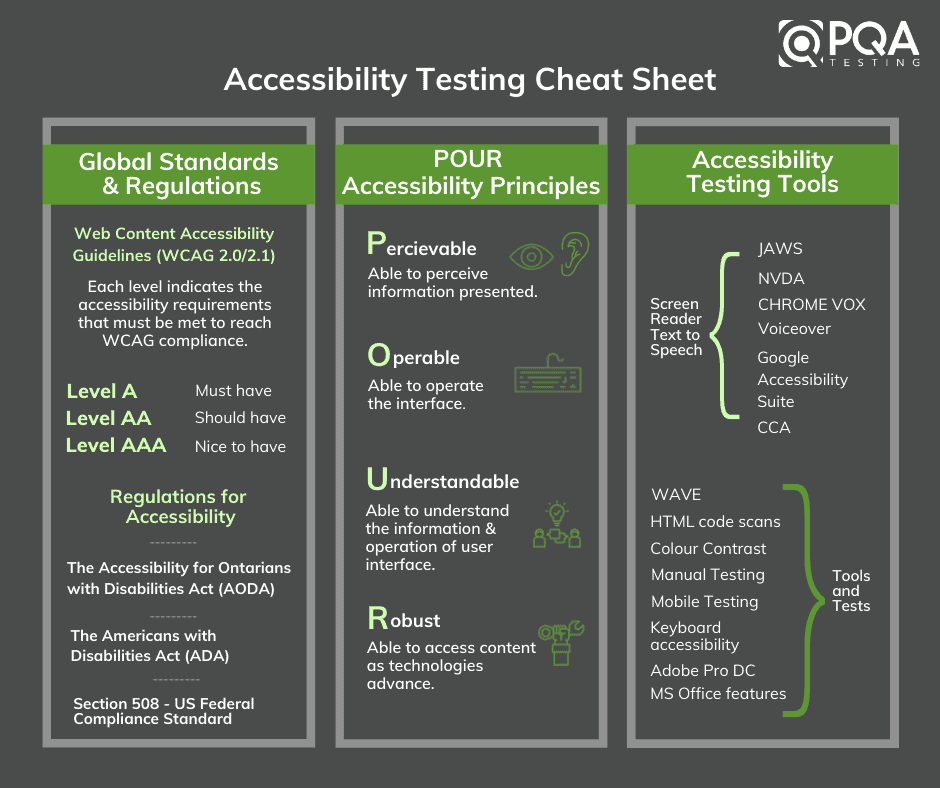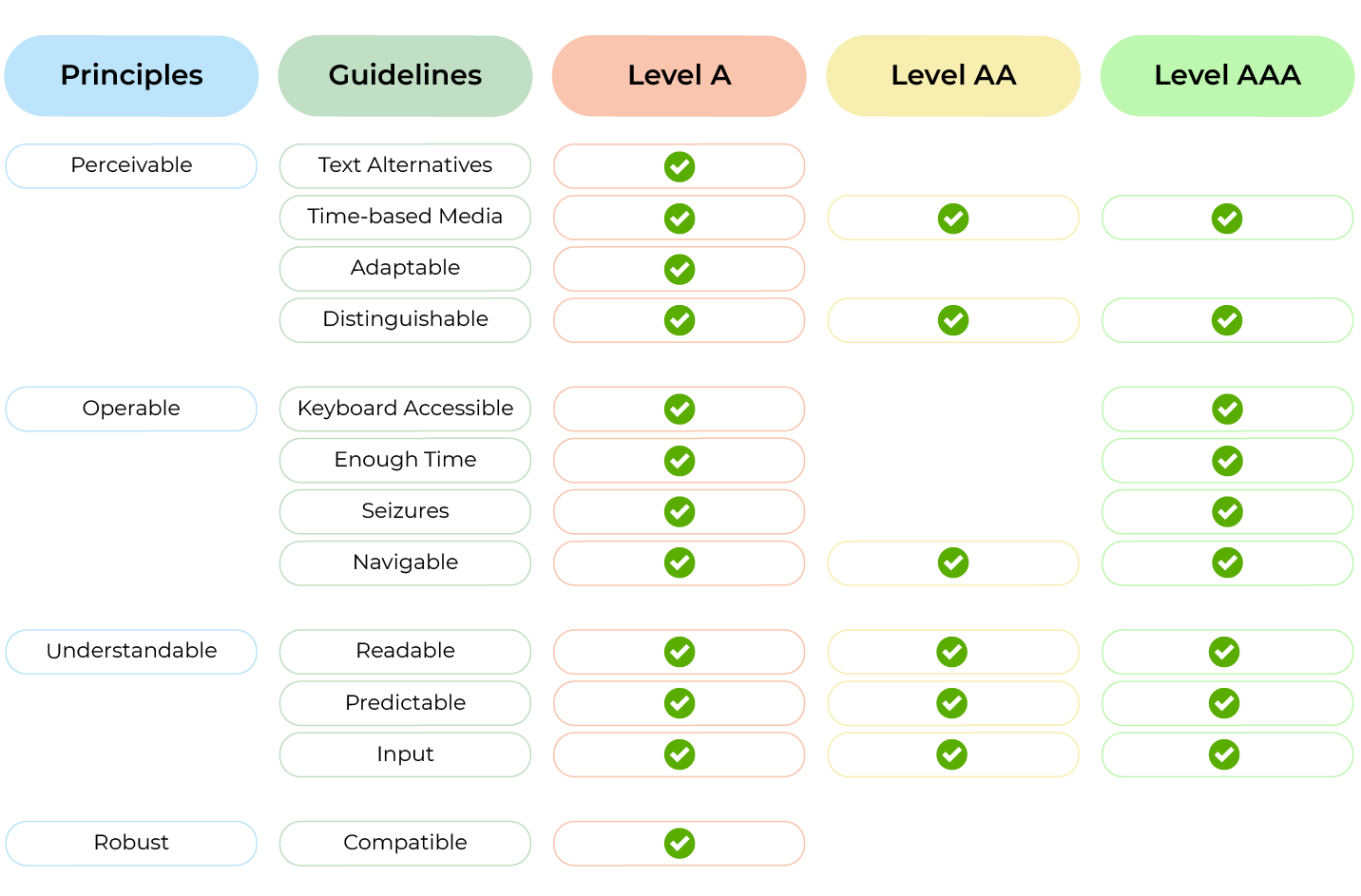In the last post, I introduced the concept of accessibility, here I will discuss more on testing your application for accessibility. The good thing is that we have many tools that can help us with basic accessibility testing.
The first level of testing that you would like to do for accessibility would be for Keyboard navigation (does your application support tab/ arrow navigation) and Screen reader. All Operating systems come with inbuilt support for screen readers Windows has Narrator, Mac has VoiceOver, and there are readers like JAWS and NVDA.
Additionally, there are tools to help with accessibility testing, some of the common ones are following
Chromium Developer Tools: Chromium has inbuilt support for checking for accessibility and generating reports for a page. Refer https://developer.chrome.com/docs/devtools/accessibility/reference/
Accessibility insights: Another tool that can help with testing and generating a detailed report for an application. Refer https://accessibilityinsights.io/. It gives not only details but also suggestions on fixes. Here is a sample report

Additional Tools Worth Exploring


